Zeiss CEO says that there are limits to the evolution of smartphone cameras

The thin profile of the modern smartphone limits the potential of smartphone cameras. That isn't a statement thrown out by a Wall Street analyst far removed from the industry. These are actually the thoughts of Dr. Michael Kaschke, President and CEO of Zeiss Group. Kaschke says that while there is a limit with the hardware, digital processing is one area that could make a difference. According to Indian Express, Kaschke was in India to help open Zeiss' camera lenses experience zone at India's Museo Camera photography museum.
Google is a good example of a company that has embraced computational photography. The combination of the camera hardware on the Pixel handsets and Google's digital image processing prowess has put the Pixels near the top of the list-if not at the top-of handsets that produce the best photographs. One thing that won't necessarily improve the images snapped by a smartphone are the number of lenses on the back. And that comes right back to the limits placed on a smartphone's photography system because of the form factor. Kaschke says that the depth on these devices forces them to sport small sensors. As a result, he says that there are two shortcomings that smartphone cameras will always face. One is the problem of taking great pictures under low-light conditions. The second is the lack of outstanding telescopic capabilities.
"Smartphone cameras may have evolved over the years and changed the way we take pictures, but there is a limit to what a phone camera can achieve. (With computational photography) there is more software to it and less hardware, and we are developing software for computational photography. That said, there is still a limitation, the smartphone can only be that thick...So while the mass of standard photography will be done here, the professionals will use professional and semiprofessional cameras."-Michael Kaschke, President and CEO, Zeiss Group
64MP is overkill, even 40MP is "more than enough" Zeiss' CEO says
Even though smartphone cameras are popular, Kaschke says that there will always be a place for professional photography equipment. He says that "...instead of going to the common variety of photography, which I think the smartphone will eventually prevail over, we (Zeiss) focus on the professionals, semi-professional and artistic photographers." That doesn't mean that Zeiss won't continue to sell some of its optics to manufacturers like HMD Global. Weighing in on the penta-camera setup on the Nokia 9 PureView that uses Zeiss' lenses, he says that the optical quality on the phone is among the best available. But he hinted that the use of multiple lenses and digital image processing on smartphones is still in its early stages. He also states that the only way smartphone manufacturers can differentiate themselves is through the performance of the cameras on each model. Having said that, the executive says that the 64MP sensor announced by Samsung is overkill. 40MP is "already more than enough," he says, pointing out that the full-frame sensors in use today divide a large number of pixels into smaller and smaller pixels creating too much noise.
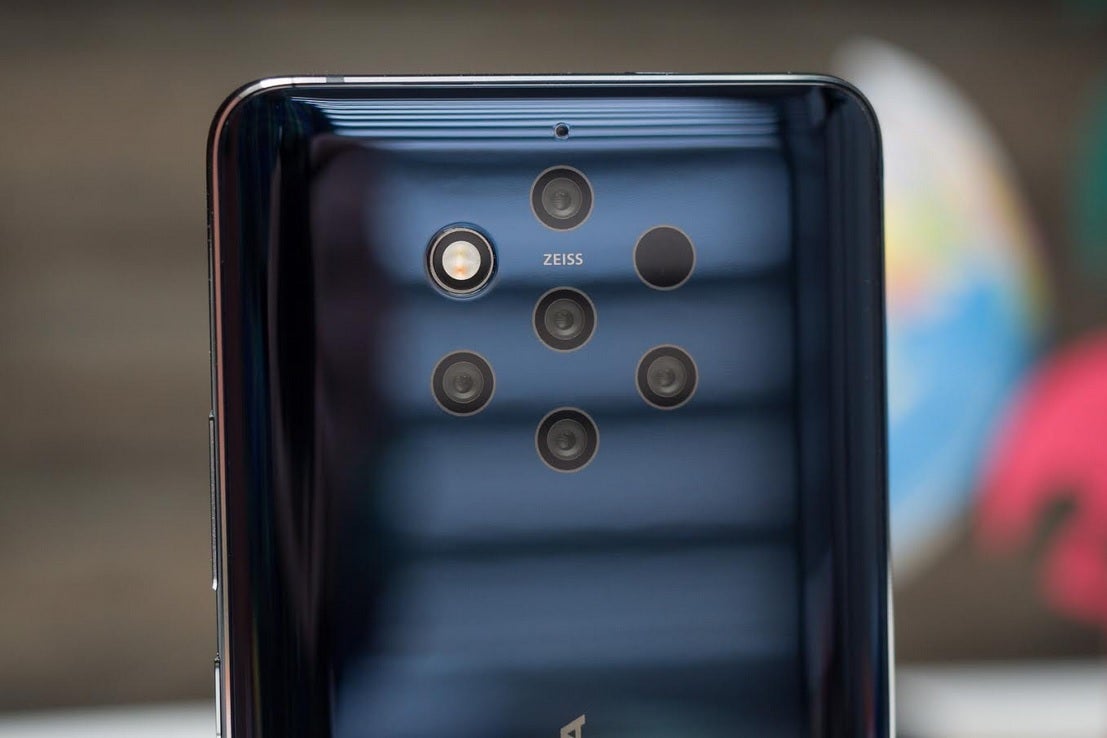
The optical quality on the Nokia 9 PureView is one of the best on a phone according to Zeiss' CEO
"The optical quality on the phone [Nokia 9 PureView] is probably one of the best that you can find. But as I said before, the optics, the smartphone, and the software have to work perfectly together. I see that computational imaging is still in its early stage and multi-lens photography on the smartphone is just in the making, and I still think we all have to go for it...“More pixels are not necessarily better. Why? If you stay with the full-frame sensor and divide that sensor into more and more pixels, the pixels become smaller and smaller, and then you get into a noise problem. I think for most of the applications, also serious professional applications, my guess would be the 40MP is already more than enough."-Michael Kaschke, President and CEO, Zeiss Group
Follow us on Google News




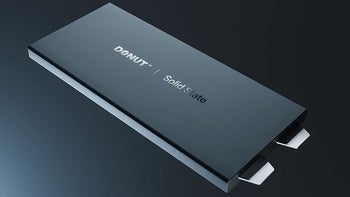
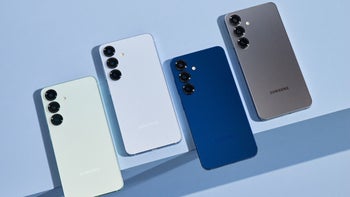
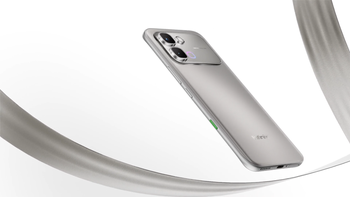

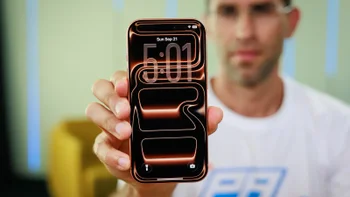
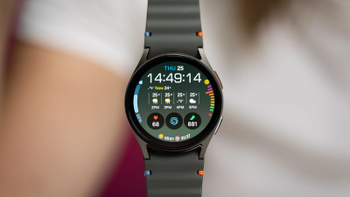
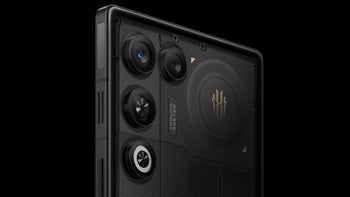
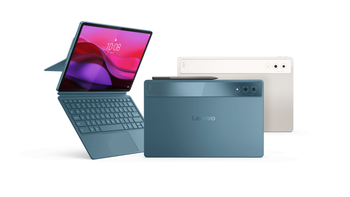
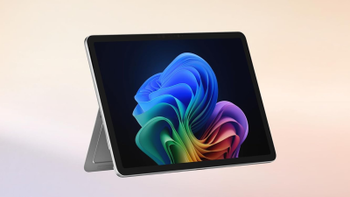
Things that are NOT allowed:
To help keep our community safe and free from spam, we apply temporary limits to newly created accounts: